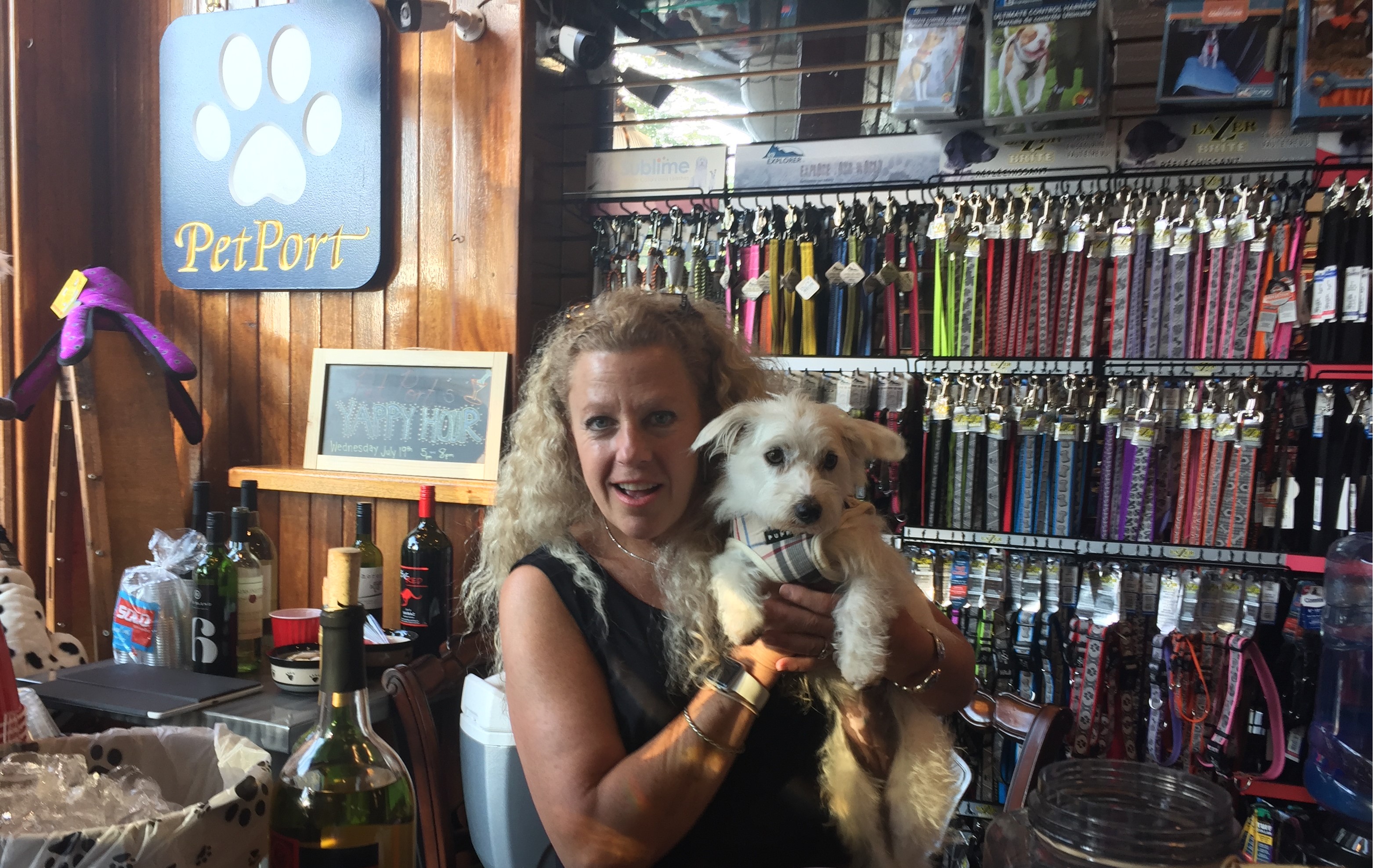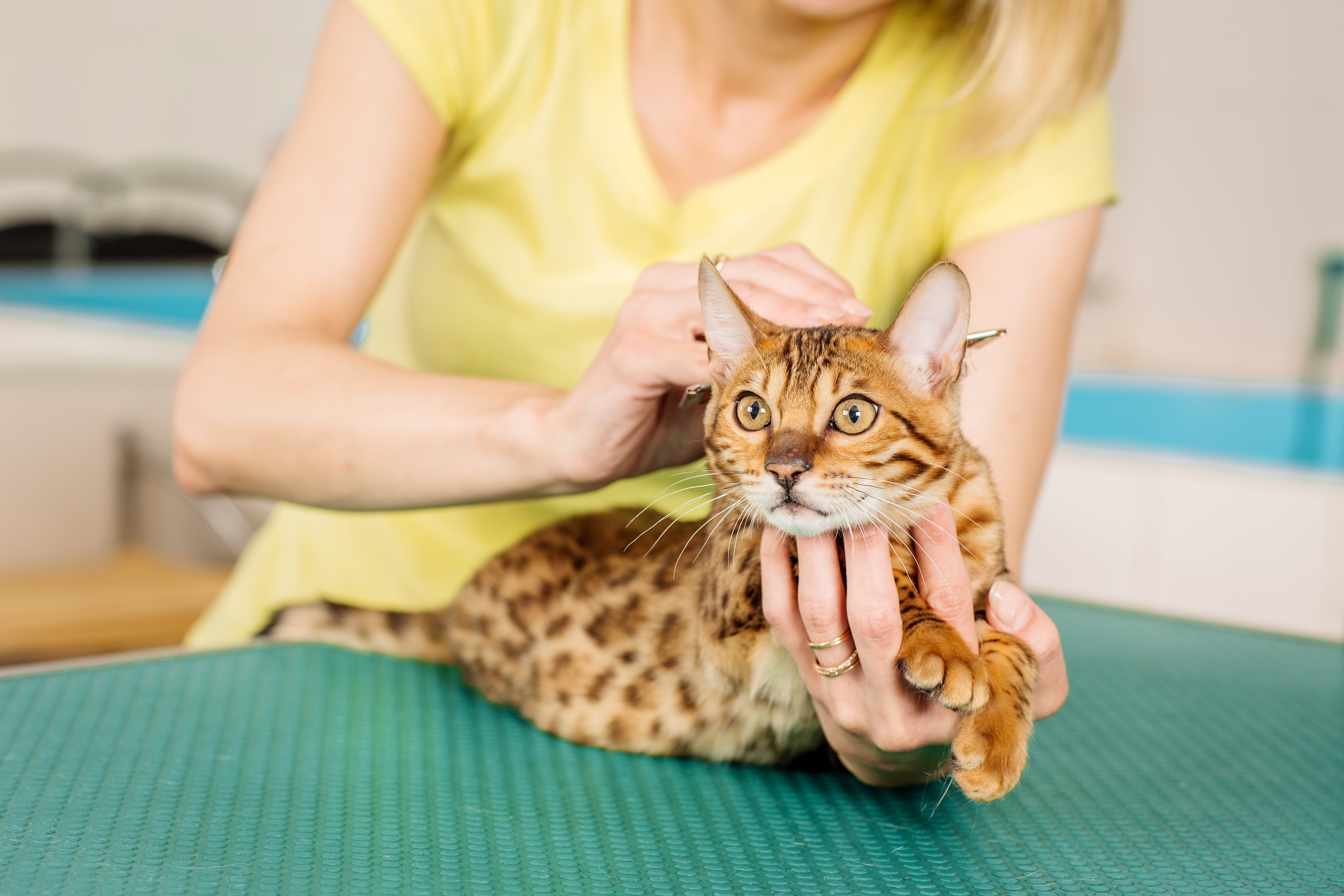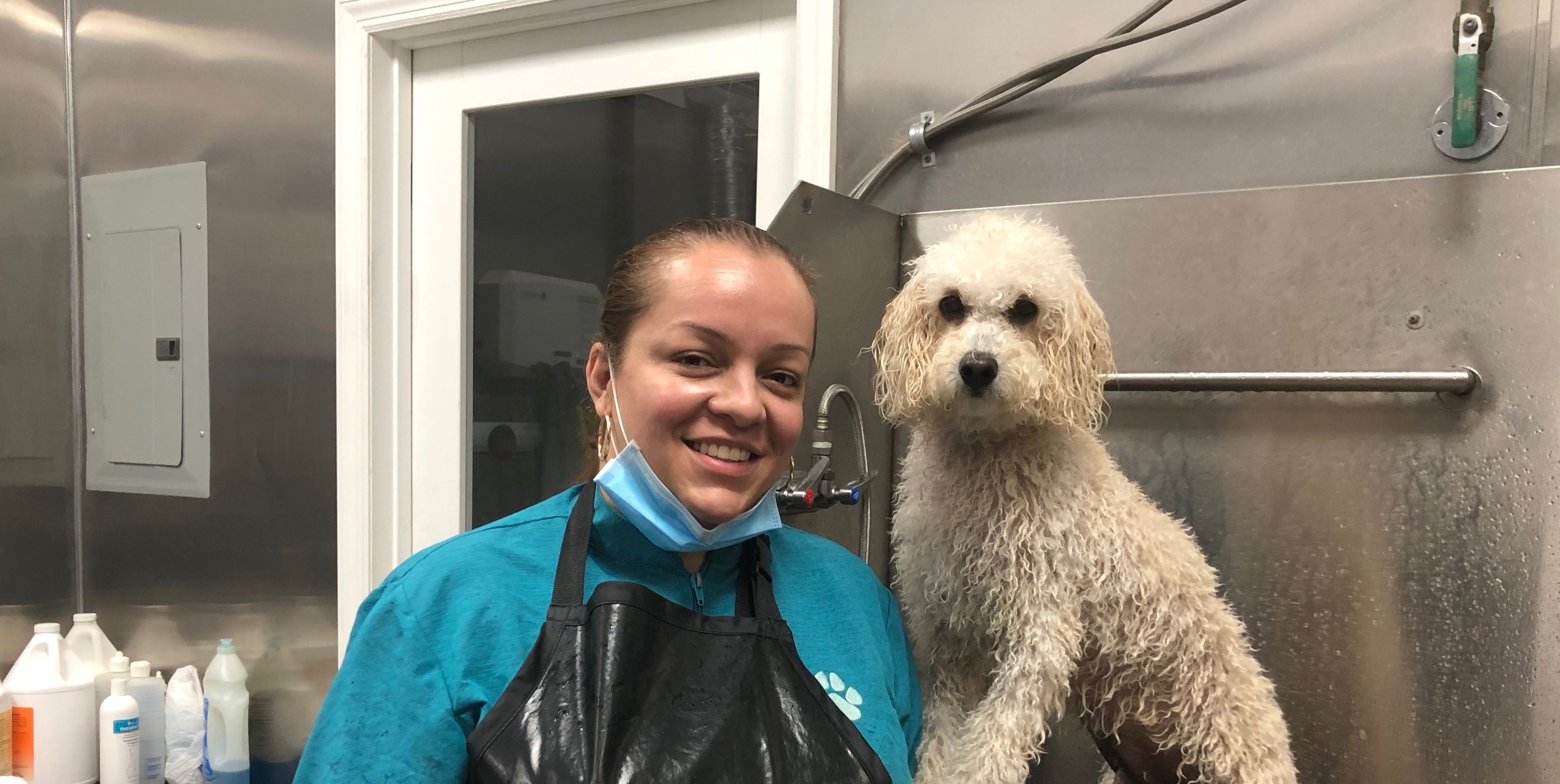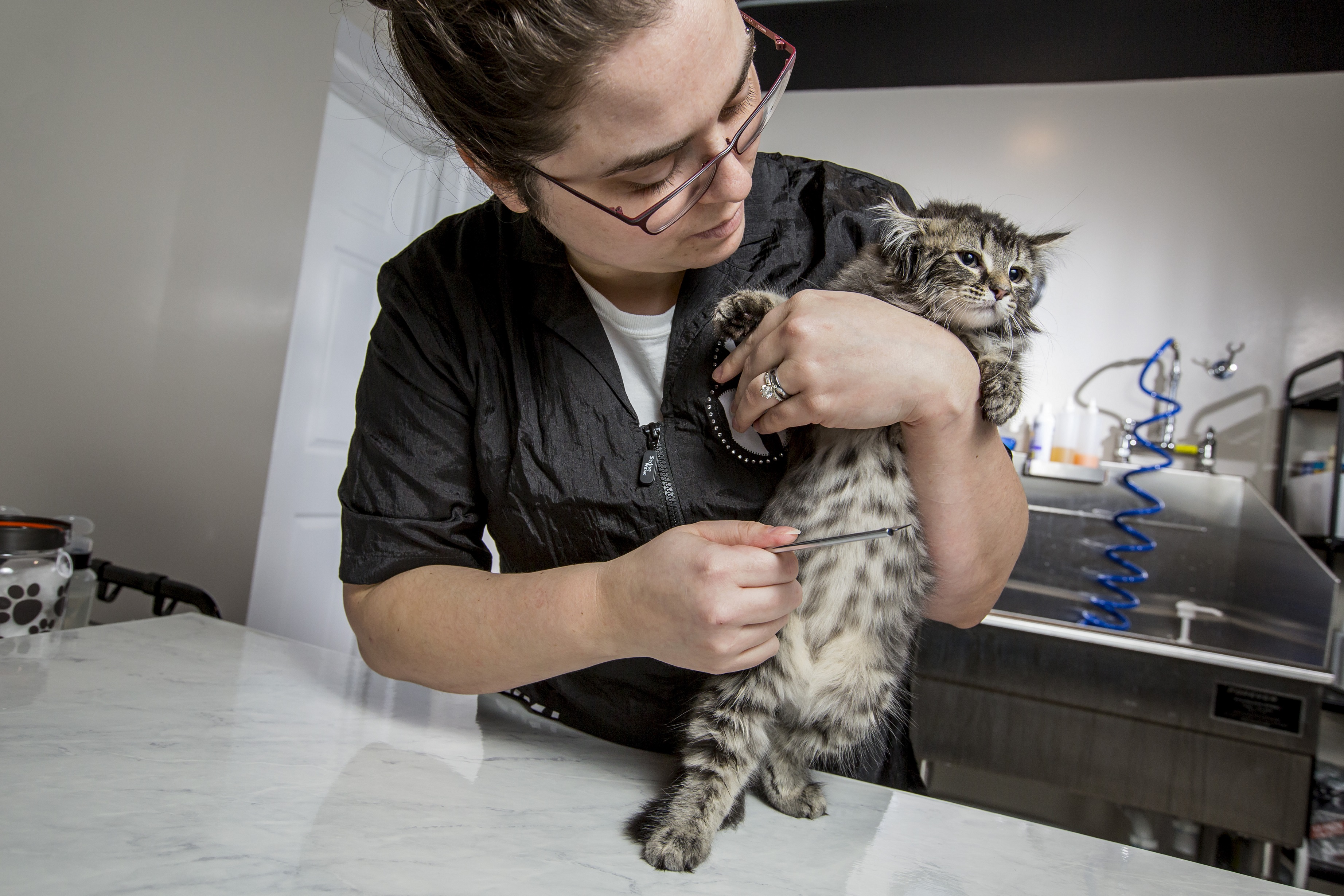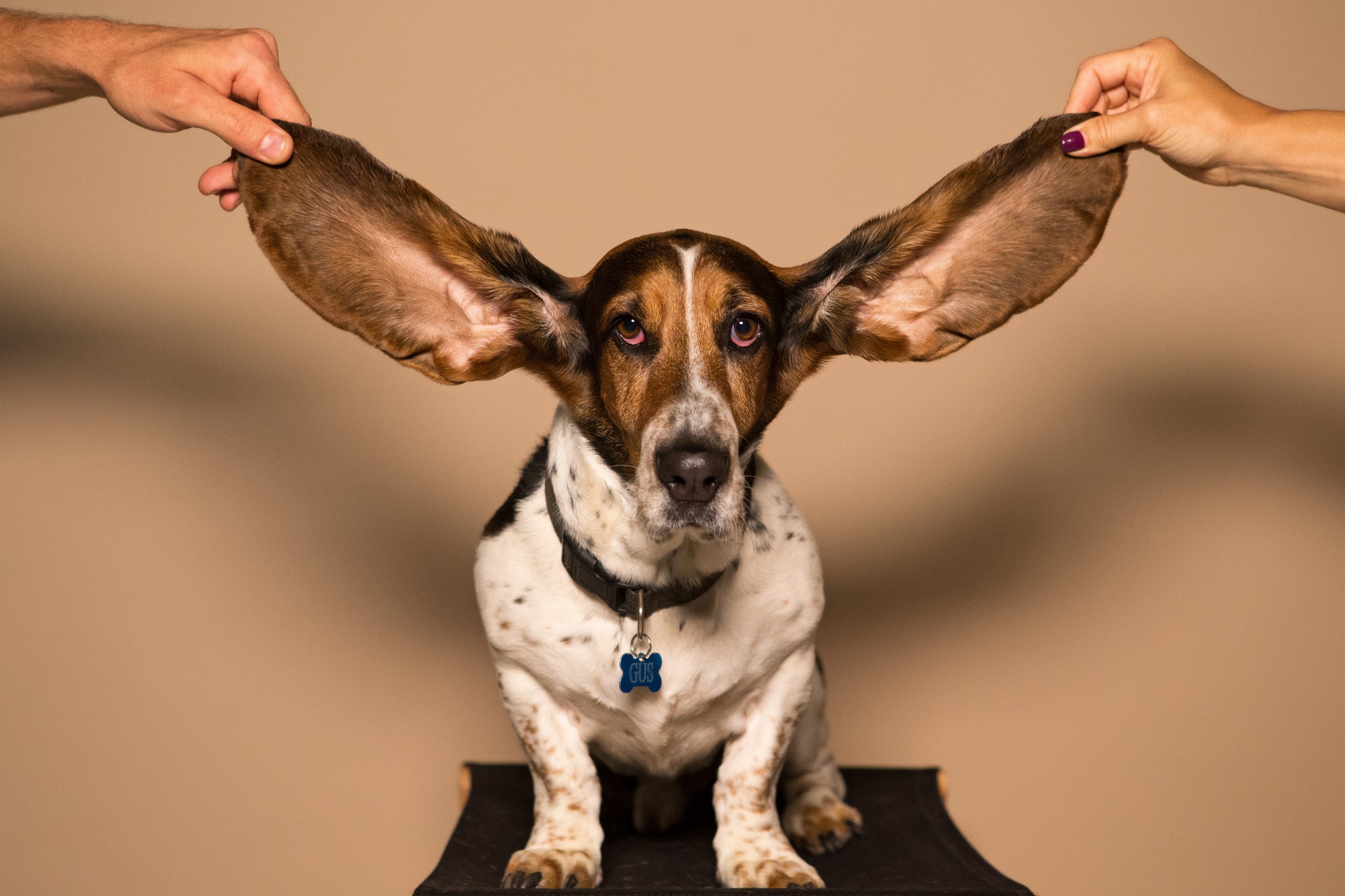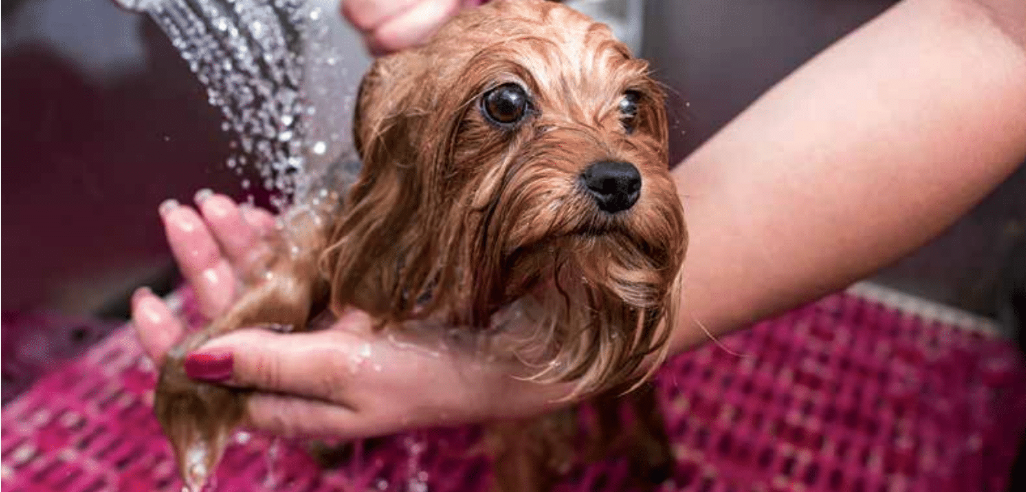The Controversy Over Cage Drying
Daryl Conner //March 31, 2015//
 In recent years, bills have been introduced in several states attempting to mandate licensing of the grooming industry. These bills are most often proposed in response to dogs being killed or injured while they were cage dried as a part of the grooming process.
In recent years, bills have been introduced in several states attempting to mandate licensing of the grooming industry. These bills are most often proposed in response to dogs being killed or injured while they were cage dried as a part of the grooming process.
Why Cage Dry?
Groomers use cage dryers for a variety of reasons. A damp dog can become chilled (hypothermic) if it is exposed to cool temperatures over a period of time. In a cool grooming environment, blowing warm air on a damp dog keeps it comfortable until it is time for it to be finish dried on the table. In a busy grooming shop, it makes sense to bathe several dogs and let some of them become partially dried while waiting to be fluff dried or finish dried. Meanwhile, the groomer can be bathing, prepping or finishing other dogs. Used in this way, cage dryers can be an enormous time saver. Also, spending some quiet time in a cage can offer an important rest period during the grooming process for cats, puppies, very nervous dogs and geriatric dogs.
Cage Drying Problems
Problems occur when improper equipment is used or when correct equipment is used improperly. For example, many groomers direct the air flow from stand dryers, which are designed to be used when a pet is on a grooming table, into a cage. At first glance this practice seems practical enough. However, many stand dryers are manufactured so that they heat air to much higher temperatures than dryers designed to be used on cages. Many stand dryers put out air heated to 130 degrees or higher.
The reason for this is that stand dryers are intended to be used in an open area to allow the free flow of air around the pet. Groomers using stand dryers are typically brushing the section of hair that the air is directed toward, so their hands and arms are in constant contact with the air, insuring that the temperature is safe and comfortable for both the groomer and the pet. When a dryer capable of reaching such high temperatures is directed at a pet inside a cage, it cannot escape the blowing air and can easily become overheated or receive damage to areas of his skin.
Conversely, a dryer that is designed to be used on a cage, though it has lower heat settings and built-in timers, can be used in such a way that it can cause harm to pets. For example, if the timer is faulty, pets can be exposed to warm air for a long period, causing them to overheat. If the pet is in a cage with limited air flow (such as an airline-type kennel or a cage with solid sides, floor and ceiling), it can become too hot as well. Some groomers may even place a towel over the cage door to increase the temperature inside the cage. This can be a recipe for disaster.
It is important for groomers to remember that dogs do not cool themselves by perspiring but rather by panting. A hot dog will pant, exposing the moist, highly vascularized tongue, mouth and sinus cavities to cool air. The blood exposed to the cool air circulates through the dog’s body, effectively decreasing its temperature.
However, if the dog is trapped inside a cage that is being filled with warm air for extended periods of time, it is unable to reach cool air and its core body temperature can become elevated to dangerous levels. Normally, a dog’s body temperature should register between 100.5 and 102.5 degrees Fahrenheit. In one case where a dog died from grooming-related overheating, it was reported by the veterinarian that the dog’s temperature was 109 degrees. At this temperature an animal’s organs begin to shut down.
Groomers need to be aware that certain dogs are more prone to having difficulty with heat. For example, brachycephalic dogs—breeds with short muzzles such as pugs, shih tzus and bulldogs—should not be cage dried. Very young or very old dogs should be carefully monitored if heated dryers are used, as should very anxious dogs.
Proper Use
If cage dryers are used, they should be placed in a room where a staff member can watch the dogs at all times. It is a good idea to keep thermometers in cages, out of the reach of pets, so that the temperature can easily be observed at a glance. It’s important to note that groomers should not assume a dog will exhibit distress if it becomes overheated. It is also recommended that all staff members know the symptoms of overheating and what first aid steps to take while the pet is being transported to a veterinarian.
Properly maintained cage dryers used with caution can be helpful tools for groomers. Used incorrectly, however, they can cause loss of life of beloved pets. Using proper equipment and following common-sense safety precautions will keep pets safe and your business booming.






